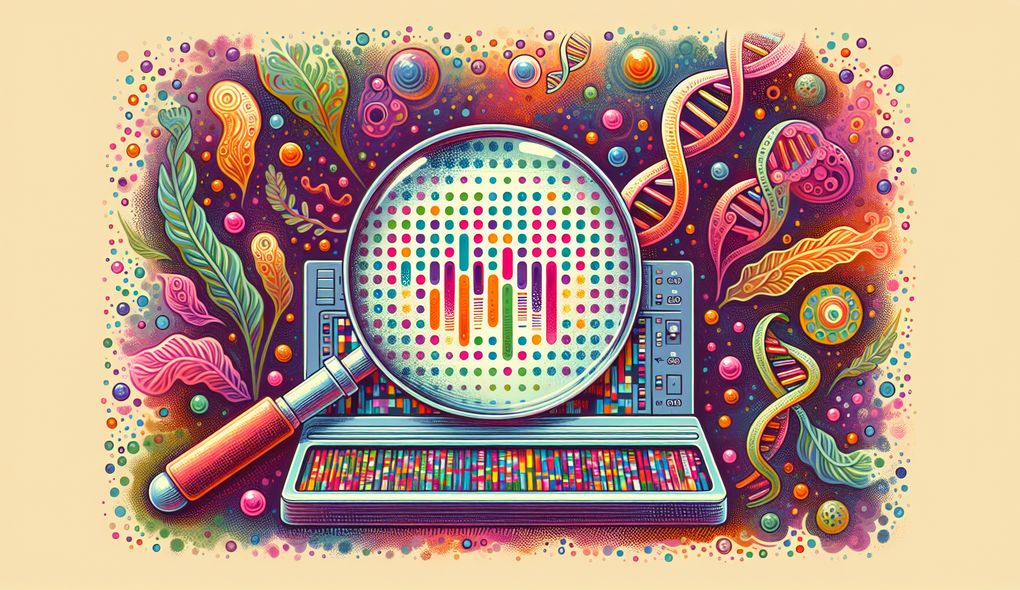How do you approach data visualization in your analyses?
INTERMEDIATE LEVEL
Sample answer to the question:
When approaching data visualization in my analyses, I focus on creating clear and informative visuals that effectively communicate complex information. I start by understanding the goals of the analysis and the target audience, which helps me determine the most appropriate visualization techniques. I use tools like R and Python to generate visually appealing plots, charts, and graphs. I pay attention to color choices, labels, and annotations to ensure the visualizations are easily interpretable. Additionally, I consider interactive features to enhance the user experience. Overall, my aim is to present data in a visually appealing and comprehensible manner.
Here is a more solid answer:
In my analyses, I approach data visualization with a focus on enhancing clarity, comprehension, and impact. For example, in my previous role as a Microarray Analyst, I regularly processed large genomic datasets and used tools like R and Python to create visualizations that highlighted significant gene expression patterns. I would select appropriate plots, such as heatmaps or scatter plots, depending on the data structure and research question. I paid attention to design principles like color contrast and readability to ensure the visuals were effective. I also considered the target audience, whether it was researchers, biologists, or stakeholders, and tailored the visualizations accordingly. Additionally, I believe in the power of interactive visualizations to engage users and facilitate exploration of complex datasets. Overall, I view data visualization as a critical component of analysis, as it enables efficient communication and facilitates data-driven decision making.
Why is this a more solid answer?
The solid answer provides specific details about the candidate's past experiences as a Microarray Analyst and the use of specific tools like R and Python for data visualization. It also addresses the importance of tailoring visualizations to the target audience and the power of interactive visualizations. However, it can be improved by further elaborating on the impact and benefits of effective data visualization in the context of the job description.
An example of a exceptional answer:
Data visualization is essential in my analysis process as a Microarray Analyst. I believe that effective visualization goes beyond presenting data; it tells a story, reveals patterns, and enables insights. As a testament to this, in my previous role, I collaborated with researchers and biologists to analyze microarray data and translate it into meaningful visual representations. By employing techniques like volcano plots and hierarchical clustering, I showcased gene expression changes in response to experimental conditions. These visualizations not only facilitated scientific understanding but also aided in identifying potential biomarkers. To improve comprehensibility and engagement, I incorporated interactive features, allowing users to explore data at different levels of granularity. Furthermore, I regularly attended conferences and workshops to stay abreast of cutting-edge visualization techniques and incorporate them into my work. Overall, my approach to data visualization embodies my commitment to fostering scientific understanding, driving innovation, and empowering decision-making processes.
Why is this an exceptional answer?
The exceptional answer provides a comprehensive and detailed description of the candidate's approach to data visualization, including specific techniques used and their impact on scientific understanding and decision-making processes. It also emphasizes the candidate's commitment to continuous learning and incorporating cutting-edge visualization techniques. The answer demonstrates a deep understanding of the role of data visualization in the context of the job description.
How to prepare for this question:
- Familiarize yourself with popular data visualization tools such as R, Python, Tableau, or D3.js.
- Stay updated with current trends and best practices in data visualization by reading books, articles, and attending workshops or webinars.
- Practice creating visualizations using various types of datasets to gain hands-on experience and improve your design skills.
- Understand the importance of tailoring visualizations to different audiences and purposes. Consider the level of technical knowledge of your audience and choose appropriate visual representations.
- Be prepared to discuss specific projects or examples where effective data visualization played a crucial role in your analyses.
What are interviewers evaluating with this question?
- Data visualization
- Analytical skills
- Communication and presentation
